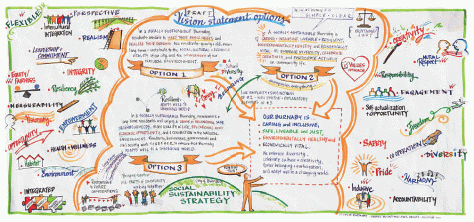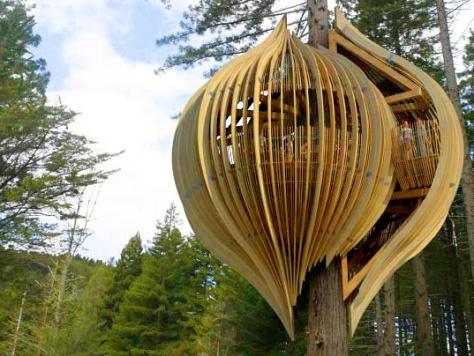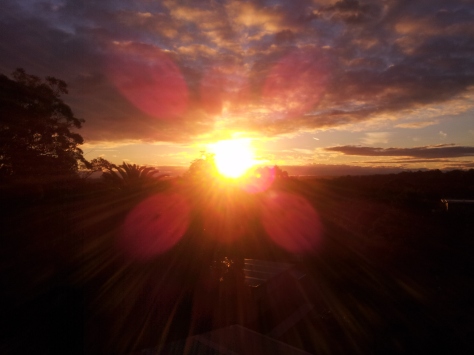This is a question that keeps popping out.
We actually know how to measure economic activities, growth, health, education, life expectancy, infant mortality, toxicity,… We can measure two of the pillars of sustainability (economy and environment) good enough, I would say. We can measure the health of an ecosystem, the danger of extinction of its biodiversity and so on.
Economist have lots of indexes to measure how a country is doing in terms of wealth and scientists are more accurate every day in detecting problems in ecosystems and wild environments. Also urban environments can be analysed in physical and economic terms.
The problem arises when measuring the social part, the third part of a holistic point of view about sustainability. How do you analyse traditions? How do you measure the happiness of the population? How do you categorise lifestyles?
I suppose that you could measure the happiness of the population. But how do you measure a subjective term as happiness? Maybe with depression or suicide rates or the grade of satisfaction with the government, social services and environment (cities in this case but natural as well in others).


